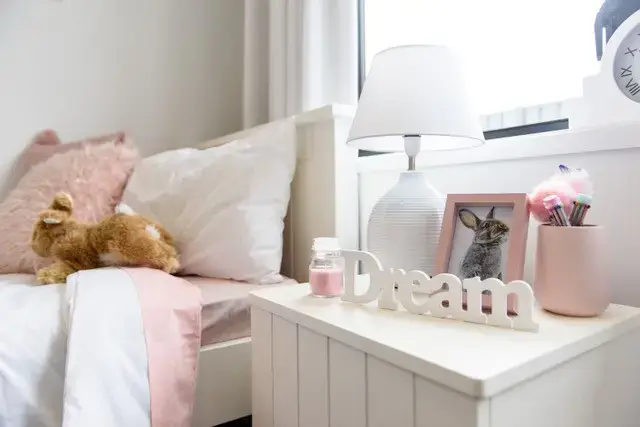Designing a home to cope with the impact unwanted noise
Our lifestyles and living habits have undergone incredible changes over the past decade. The homes we’re building today need to be designed differently to reflect those changes, and especially to cope with the impact unwanted noise can have on our health and well-being. Some of these changes that have led to more unwanted noise impacting our lives are:
- Using more appliances and entertainment devices;
- Busier lifestyles;
- People working and studying from home;
- Children living at home to an older age;
- Houses being close together; and
- Higher traffic volumes.
Understanding Noise:
Sound levels are measured in decibels (dB). Our ears can perceive a decibel range from 20dB of a quiet library, to 110dB if you were to stand 50meters away from a Boeing 747 before take-off. An increase of 10dB can be heard as approximately twice as loud.
We all have different levels of acceptance when it comes to sound, and this level can change based on the time and circumstances. For instance, watching TV in a busy living room in the daytime at 70dB may be acceptable due to the other noises, however later that night when everyone’s asleep and the typical sound level in the room is 20dB, the 70dB TV would seem extremely loud.
Planning for Noise Control:
Noise control can be a two way street, sometimes you want to stop noise from other people or sources from reaching and disturbing you. Other times you want to prevent the sound you’re making from disturbing others like family, or your neighbours.
Effective noise control starts with the layout of your home. Firstly trying to group similar ‘use’ rooms together, like keeping rooms such as a media room away from a nursery or bedroom. Also trying to position bedrooms on the side of the home that is away from the road.
Extra Noise Control:
The best time to install noise control is when you’re building. It is much easier and cost effective to install products such as the GIB Noise Control Systems when a home is being built. Adding it on afterwards is generally more difficult and expensive. However these systems can make a drastic change to the perceived volume level, reducing them by almost half compared to standard construction. Other ways of reducing noise in a home are:
- Using solid core doors with rubber acoustic seals fitted around the perimeter of the doors and retractable self-closing sound floor seal on the base of the door.
- If possible, not installing switches or power points on a noise control wall.
- Installing specifically formulated acoustic sealant on junctions, i.e. wall/ceiling and internal corners.
- Installing windows with acoustic glass to reduce external noise.
- Carpet and underlay can reduce noise from reverberating through a house.
- Older homes often have noisy plumbing, securing and insulating the plumbing where possible can avoid vibrations causing the disturbance.

